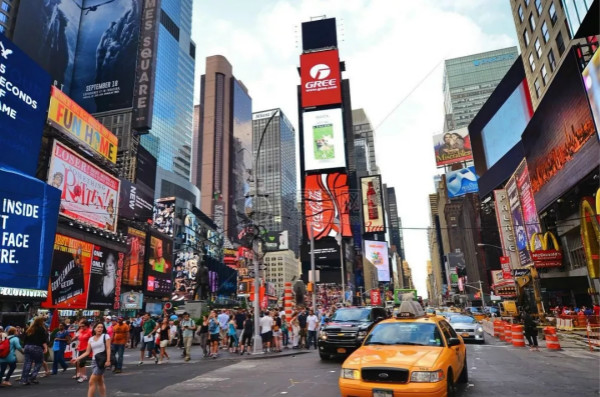New York's Times Square, the world's most recognizable crossroads, recently welcomed a groundbreaking visual landmark—an intelligent LED installation with autonomous shape-shifting capabilities. Composed of 287 independent modules, this display can morph from a flat advertising panel to a curved art installation in just 15 seconds, with deformation precision accurate enough to simulate trajectories of free-falling bottles or blooming rosebuds. Unlike traditional static outdoor screens, this technology pioneers real-time synchronization between physical form and digital content, allowing cosmetic ads' fluid effects and automotive ads' metallic finishes to always find their optimal viewing angles.

The Technological Philosophy Behind Dynamic Architecture
At its core lies a bionic joint-drive system. Each module functions like memory-enabled building blocks, using built-in stress sensors to communicate with adjacent units, ensuring uniform force distribution during transformations. During testing, the system withstood structural disturbances from 8-level gale-force winds, while its honeycomb cooling design maintains surface temperature variations imperceptible to human touch. Notably, the screen surface employs nano-level optical compensation coating—even under direct noon sunlight, display units tilted at 30 degrees maintain color consistency.
Redefining Urban Space Syntax
This technology is rewriting the rules of public displays: folding into information columns for commuters at dawn, expanding into curved walls for brand pop-ups at noon, and transforming into abstract sculptures for light art festivals at night. Urban planners highlight how this "space-adaptive" feature resolves conflicts between commercial needs and public aesthetics, with its modular structure offering renewal solutions for aging districts. Operators revealed plans to open programming interfaces, allowing artists to use physical transformations for themes like time passage or climate change.
Sustainability's Hidden Answer Sheet
The irregular structure itself becomes an energy-saving solution—algorithm-optimized shapes automatically activate corresponding power modes. Sharp angles trigger edge-brightening backlighting, while smooth curves enable diffuse-reflection enhancement. This "form-based efficiency" significantly outperforms conventional screens, and its rare-earth recycled materials reduce lifecycle carbon footprint by approximately 40%.